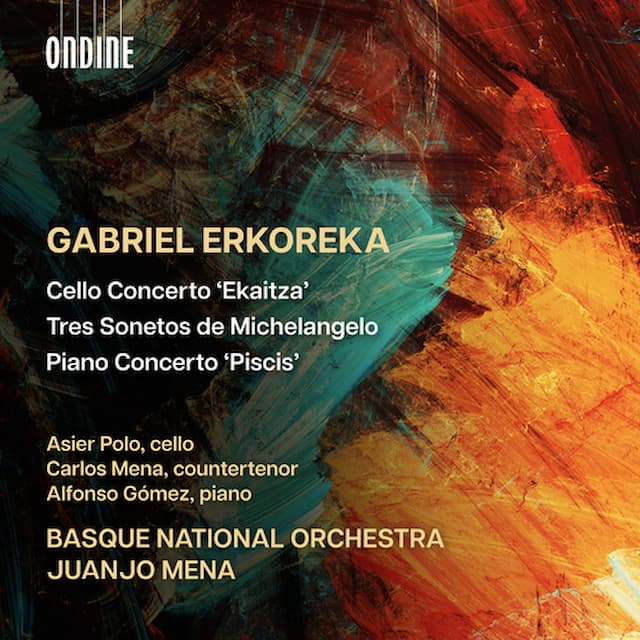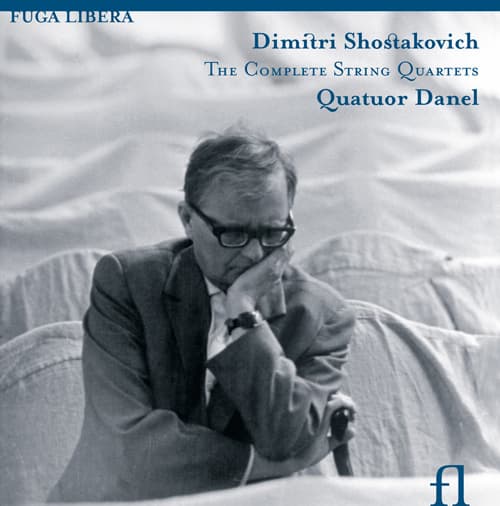When you hear Debussy or Ravel, what do you imagine—floating, swirling, twirling, and evanescent sonorities? Quatuor Arod takes their audiences to alternate planes through their wonderful playing and through recreating musical experiences with innovation and imagination. This YouTube of the third movement of Debussy Quartet in G minor, Op. 10, L 85 with stunning visuals, video by John Blanch, sets the stage for our conversation.
Quatuor Arod – Debussy: String Quartet in G Minor, Op. 10, L. 85: III. Andantino doucement expressif
The four young men of the quartet, Jordan Victoria, violin, Alexandre Vu, violin, Tanguy Parisot, viola, and Jérémy Garbarg, cello, cut appealing figures in their uniformly white (or black) t-shirts, dark jackets, and jeans. They play with vigor and propulsion and are beautifully matched musically. With a vast repertoire, the quartet imparts a unique concept, which they explain as follows:
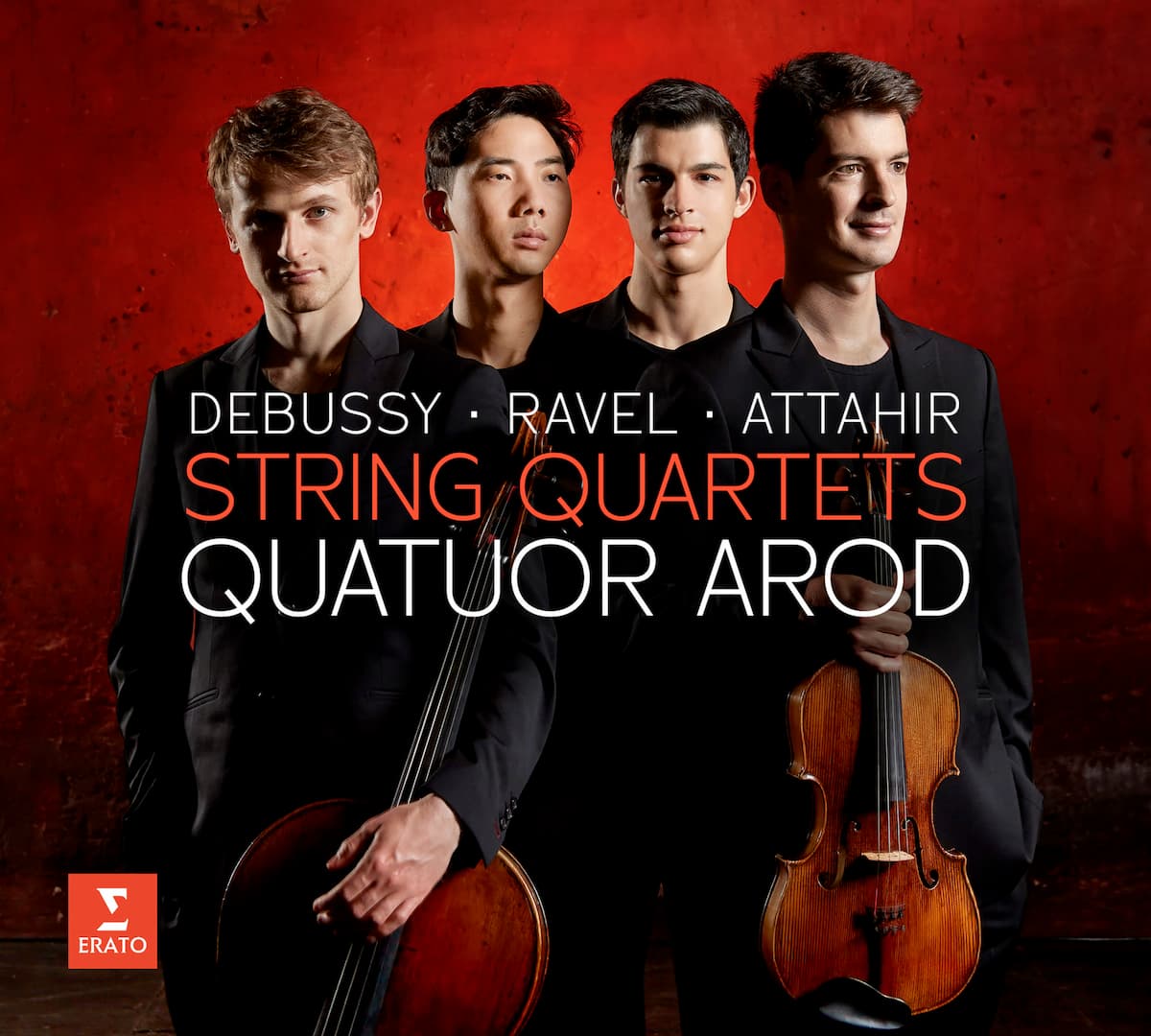
© Erato Warner Classics
“All four of us have been profoundly influenced by the environment in which we grew up and developed, and the imprint of this experience has enriched our sensibility towards French art in all its diversity. Whether it be via French cuisine or visual art, in which the mastery of nuance and colour, and how they are balanced and contrasted, is echoed in our own musical vision, or in our relationship with nature, which is also reflected in our musical inspiration, French art is deeply rooted within us.”
The prize-winning group of the ARD competition in Munich, awarded only seven times since 1959 among other prizes, first recorded the Mendelssohn Quartets, then music surrounding Mathilde Zemlinsky, the sister of Zemlinsky and wife of Arnold Schoenberg, of works by Schoenberg, Zemlinsky, and Webern, followed by their third disc of Schubert quartets. This new CD of Debussy, Ravel, and Attahir, with an accompanying documentary by the remarkable filmmaker Burno Monsaingeon, marks the 10th anniversary of the Arod. Entitled Ménage à Quatre, the DVD “explores the secret of the harmonious life of a string quartet.”
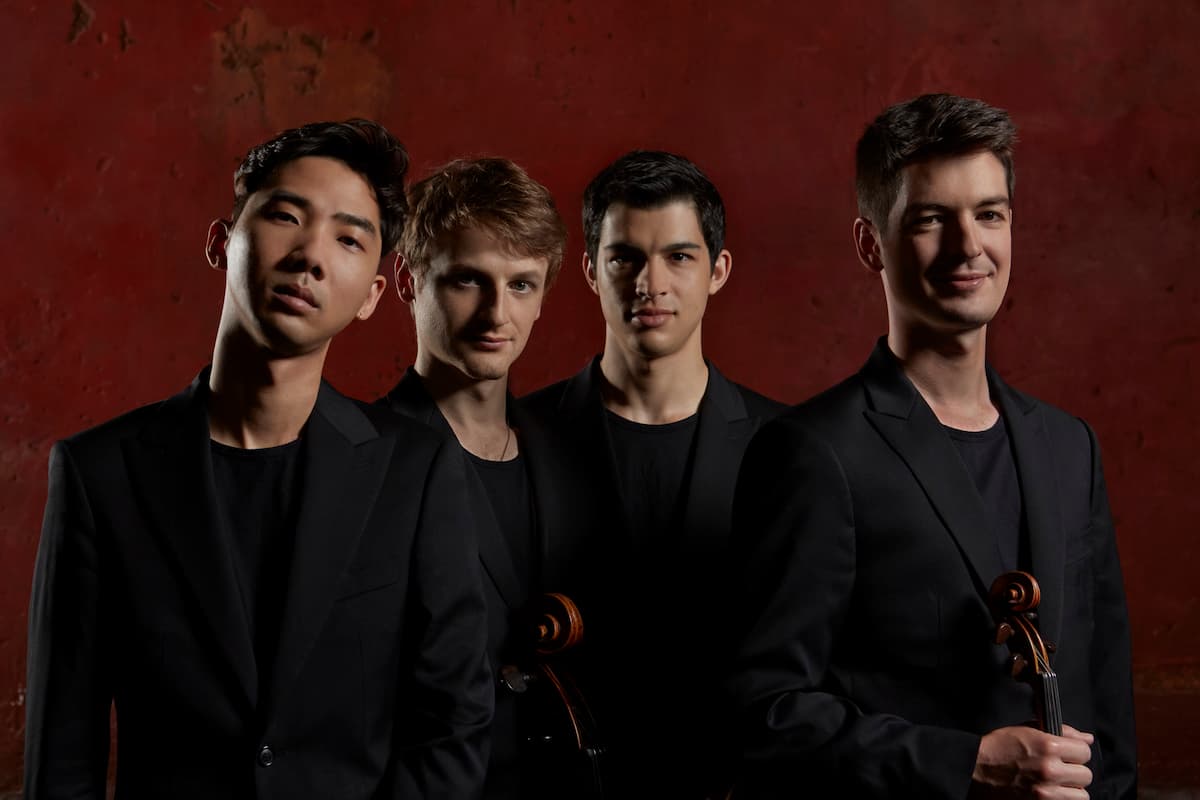
Quatuor Arod © Laure Bernard
Claude Debussy, a pivotal figure in classical music, wrote this most mesmerizing of works in a distinctly French style in 1893. It is full of stunning melodies and gorgeous effects. The first movement marked Animé et très décidé, (animated and unequivocal) features a theme in Phrygian mode, and it is used as a motif that recurs throughout the piece. The Arod play sometimes sensuously and sometimes feverishly and brilliantly. The second movement incorporates a variety of textures, including dynamic pizzicato and sparkling trill passages, and the exquisite slow movement couldn’t be more evocative. The Arod plays it beautifully.
Claude Debussy: String Quartet in G Minor, Op. 10 – I. Animé et très décidé (Quatuor Arod)
Ravel’s String Quartet in F major was completed in 1903 and was premiered in Paris the following year. What I love about this work is that already, at the age of 28, Ravel demonstrates his masterful use of tone color. Ravel, like Debussy, uses themes that recur, and the second movement also uses pizzicato. The middle slower section of the movement is a delicious contrast, delicate and with a sensuous sound, before the pizzicato returns. The playing is seamless and full of luster. While the ensemble plays as one, Ravel’s writing is so full that it might seem there are more than four players. The last movement Vif et agité, fast and agitated, literally explodes into the swift tempo, even faster than I’ve heard it, the numerous repeated notes, (tremolando), are crystal clear with no detail left without attention. The final bars push breathlessly to the climatic ending chords.
Maurice Ravel: String Quartet in F Major – II. Assez vif, très rhythmé (Quatuor Arod)
Maurice Ravel: String Quartet in F Major – IV. Vif et agité (Quatuor Arod)
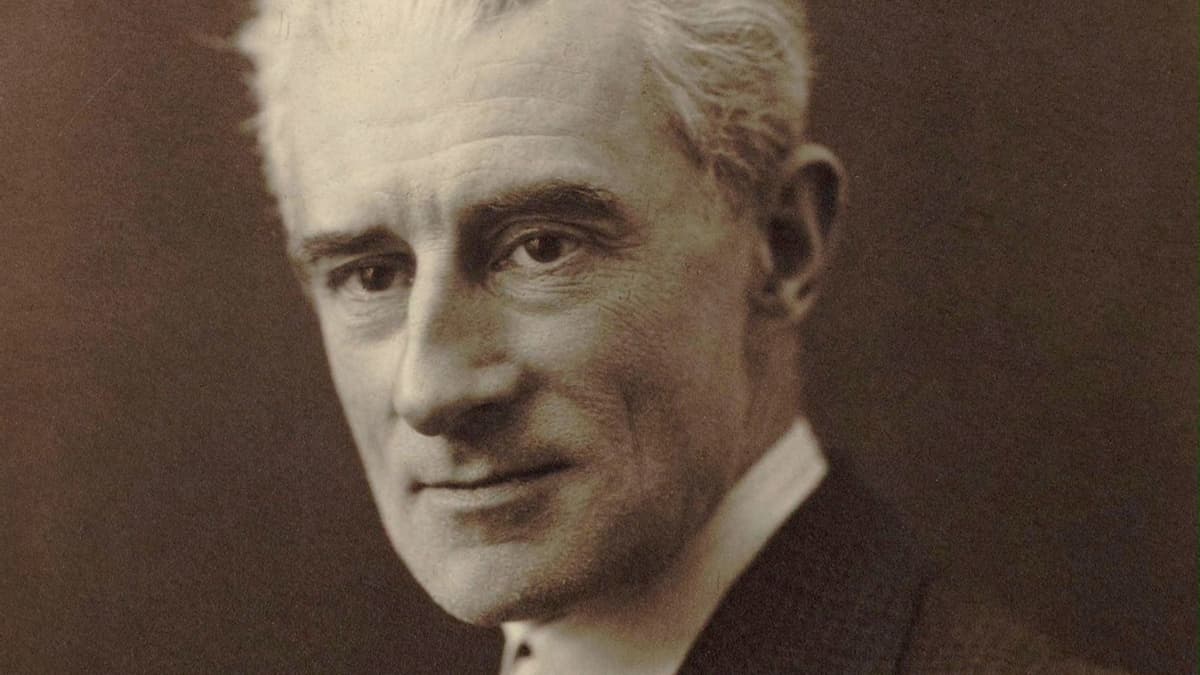
Maurice Ravel
The five-movement work of Attahir was commissioned by the Arod Quartet, La Belle Saison, and ProQuartet and dedicated to the Arod Quartet. With movements labelled Intense, Ancora poco più mosso, Lontano è misterioso, agitato, and fuga, is a journey through time and human experience.
The composer Benjamin Attahir, says of Al Asr: The third piece of a cycle based on the five elements of the Muslim salah, Al Asr is the afternoon prayer. My aim was to transcribe in musical form the atmosphere of this precise moment of the day. Harsh light, sweltering heat, the iridescence of the air as it makes contact with the surface of the ground–these are the images that have accompanied me as I wrote this quartet.”
Al Asr is a remarkable tour de force. The piece builds in intensity, and when we think it can’t be any more vehement, the fervor increases. Movement IV agitato has mesmerizing and propulsive moments of unison, col legno, (playing with the stick of the bow) ponticello (playing on the bridge) snap pizzicato, and quick unison notes, then an impassioned slower section takes over. The quartet plays this with unrelenting and breathless intensity. The movement moves attacca (continuously) to the fuga movement, a furious finale, and here too, the Arod play with tremendous vitality and drama. There are unique effects, bouncing bows, (ricoché), glissando, raucous and guttural sounds, pizzicato, and accented chords. The music becomes more and more desperate, which the quartet play with flair.
Benjamin Attahir: Al Asr – IV. Agitato (Quatuor Arod)
Benjamin Attahir: Al Asr – V. Fuga (Quatuor Arod)

Benjamin Attahir
A work like this demands a substantial time commitment—not only to learn each part individually and then collectively but also to interpret and convey the complexity of emotions portrayed here—from torment to anguish to uneasy weariness. Quatuor Arod performs this work with remarkable conviction. Al Asr is a piece that one would hope becomes a staple of the string quartet literature.
This is an album full of evanescent and complex sonorities you won’t want to miss. I, for one, hope that sometime soon, I can hear Quatuor Arod in person.
For more of the best in classical music, sign up for our E-Newsletter

